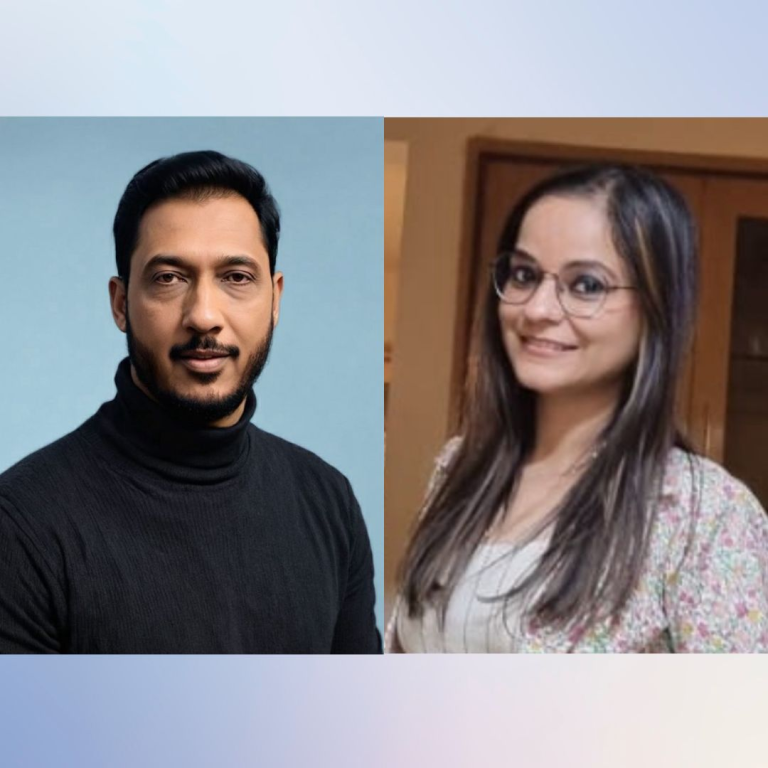
By 2030, Indians who can afford it will be able to put on space suits, sit in a module atop a rocket, and travel to space for a mere 6 crore.
“Work is currently underway on India’s very own space tourism module, which is both safe and reusable. The average ticket price is expected to be around 6 crores. People who take the trip will be able to call themselves astronauts, according to Somnath.
Although Somnath did not specify whether the space tourism would be orbital (400 km) or sub-orbital (100 km), the price suggests the former. Tourists typically spend about 15 minutes at the edge of space, experiencing a few minutes in a low-gravity environment before descending. The flights are carried out using reusable rockets, which makes the economics viable for the agencies providing the service.
Dr Jitendra Singh, Union Minister of State (Independent Charge) for Science and Technology, Atomic Energy, and Space, stated in a written reply to a Rajya Sabha question in February that Isro has already begun feasibility studies for India’s sub-orbital space tourism mission on-board a liquid propellant stage booster.
“Through Gaganyaan—India’s first human spaceflight program—Isro is developing various technologies that are important building blocks for human space missions,” he explained.
Space tourism is not a new concept. Dennis Tito, an aerospace engineer and financial analyst, was 60 years old when he became the first paying space tourist in 2001. He’d paid Russia $20 million to fly aboard a Soyuz spacecraft and spend a week on the International Space Station (ISS). Since then, several companies, including Blue Origin, Virgin Galactic, and SpaceX, have begun to offer space excursions, with tickets for suborbital space flights beginning at around $450,000.
According to Isro scientists, the government’s space tourism project will be planned in collaboration with private firms, who will collaborate with the space body in developing the module through its commercial arm, the Indian National Space Promotion and Authorisation Centre (IN-SPACe).
IN-SPACe was established by the government as a single-window agency to promote, enable, authorize, and supervise non-government entities in India’s space sector.
According to Isro’s initial space tourism plan, the focus will be on developing technologies to ensure a robust escape system, on-demand launch, recovery, re-use, and retro-propulsion landing.
“Along with the Gaganyaan mission, we are also gaining knowledge from our Reusable Launch Vehicle – Technology Demonstrator (RLV-TD), which is one of the most challenging endeavours by Isro. “Because we are bringing space experience to the general public, we must ensure that these trips are extremely safe and that our technologies have passed safety clearances,” Somnath explained.






